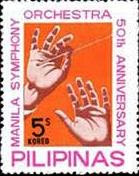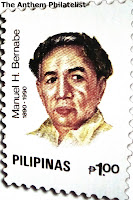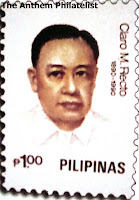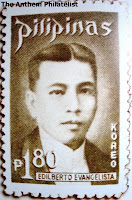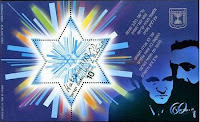Noynoy Aquino on Stamps

Benigno Simeon Cojuangco Aquino III (born February 8, 1960) also known as Noynoy Aquino, is the fifteenth and incumbent President of the Philippines and is concurrently the Secretary of the Department of the Interior and Local Government. Aquino is a fourth-generation politician: his great-grandfather, Servillano "Mianong" Aquino, served as a delegate to the Malolos Congress; his grandfather, Benigno Aquino, Sr., held several legislative positions from 1919–44; and his parents were former President Corazon Aquino and former Senator Benigno "Ninoy" Aquino Jr . Aquino is a member of the Liberal Party. Born in Manila, Aquino graduated from Ateneo de Manila University in 1981 and joined his family in their exile in the United States shortly thereafter. He returned to the Philippines in 1983 shortly after the assassination of his father and held several positions working in the private sector. In 1998, he was elected to the House of Representatives as Representative of...

